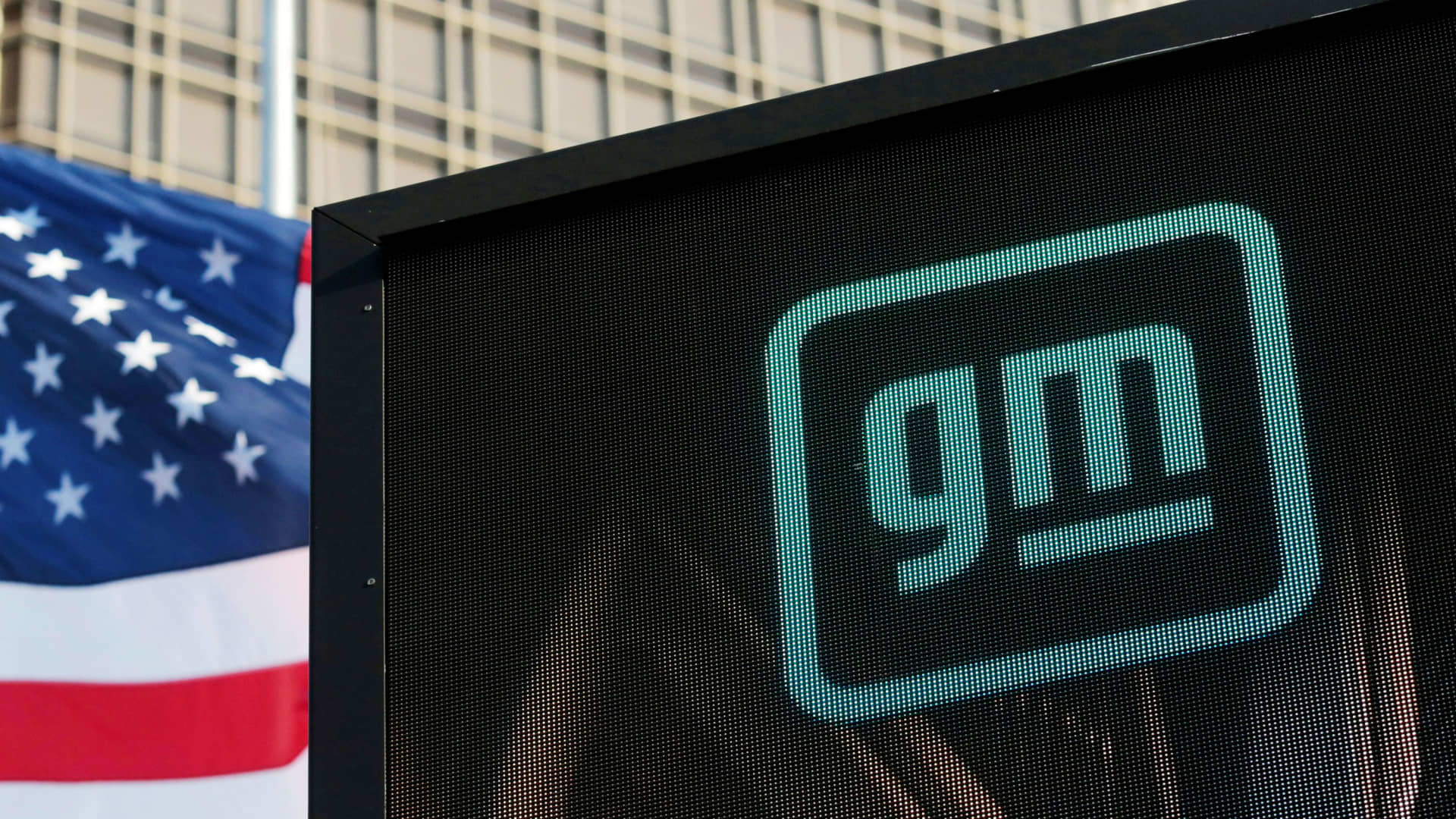Last Updated:
With falling costs, growing awareness, and coordinated efforts, the EV revolution could arrive sooner than expected.
India’s shift to electric vehicles is not just an environmental necessity but also an opportunity to redefine its transportation landscape for the future. (Image: Shutterstock)
India stands at the brink of a major transportation shift. This change is driven by global climate concerns and increasing pollution levels.
The transition towards electric vehicles seems inevitable, especially as governments and industries worldwide work to reduce carbon emissions. In India, the EV market shows promise, thanks to government incentives and advancing technology.
However, recent sales slowdowns and persistent challenges reveal that enthusiasm alone isn’t enough. To truly tip the scales in favour of widespread EV adoption, more action is required.
Recently, we had an interaction with Bharath Rao, Founder & CEO, Emobi and he shed light on the challenges and opportunities facing India’s EV market and what needs to change.
Despite growing awareness, India’s EV market has yet to undergo a dramatic transformation. Several challenges are holding back mass adoption:
- High Initial Costs: The steep upfront cost of EVs remains a significant hurdle, particularly for price-sensitive buyers. Although prices are expected to fall with advancements in battery technology and domestic manufacturing, current battery costs—about 30% of the vehicle’s price—keep EVs out of reach for many middle-class consumers.
- Charging Infrastructure Gaps: Urban centres are slowly gaining charging stations, but semi-urban and rural areas lag behind. India’s ambitious goal of establishing over 2,500 charging stations by 2030 still seems distant. This lack of infrastructure creates range anxiety, discouraging potential buyers.
- Battery Life and Performance: Concerns about battery longevity and performance under extreme climatic conditions persist. For instance, India’s hot summers can affect performance, and high battery replacement costs further add to consumer hesitation.
- Supply Chain Issues: Global supply chain disruptions, especially in semiconductor and lithium-ion battery production, have delayed EV rollouts.
These bottlenecks hinder efforts to scale up local manufacturing.
Several key factors continue to impede widespread EV adoption:
- Consumer Awareness and Misperceptions: EV awareness remains concentrated in urban areas. Rural and smaller-town consumers are lagging, with many potential buyers viewing EVs as impractical for long-distance travel. They often overlook advancements in range and battery technology.
- Policy Limitations: While initiatives like FAME II are a step forward, they primarily benefit two-wheelers and commercial EVs. Personal EV buyers, particularly in the middle class, receive less financial support, limiting their willingness to invest.
- Limited Affordable Models: The Indian market is currently dominated by premium EV models. With very few affordable, mass-market options available, the average consumer feels priced out of the EV revolution.
Despite these challenges, the potential for EVs in India remains vast. Several factors present opportunities for accelerated growth:
- Rising Fuel Prices: With petrol and diesel prices soaring, the long-term savings on fuel costs make EVs more attractive. As consumers become more aware of the lower total cost of ownership, they may view EVs as a better investment.
- Environmental Awareness: The younger generation is becoming increasingly conscious of environmental issues. As India grapples with severe air pollution in major cities, the societal push towards greener alternatives like EVs is growing.
- Technological Advancements and Local Manufacturing: Continued improvements in battery technology, coupled with the government’s push for domestic manufacturing under schemes like the Production Linked Incentive (PLI), are expected to lower EV prices in the coming years. This will help close the affordability gap and boost adoption.
- Two-Wheeler and Public Transport: The electric two-wheeler and public transportation sectors are seeing faster adoption than passenger vehicles. This is largely due to affordability and efficiency. Focusing on these sectors can pave the way for broader acceptance of EVs.
Accelerating India’s transition to electric vehicles will require coordinated efforts between the government, industry, and consumers. Here are the key steps needed:
- Strengthening Infrastructure: Expanding charging stations nationwide, particularly in smaller cities and along highways, is crucial. Public-private partnerships could expedite this effort. Offering incentives to private companies investing in EV infrastructure could also help.
- Expanding Subsidies and Incentives: The government should consider broadening its subsidies to cover all EV segments, from personal cars to commercial vehicles. Additionally, innovative schemes like battery leasing or tax benefits could significantly drive adoption.
- Boosting Local Manufacturing and Recycling: Supporting domestic production of critical EV components and developing a robust battery recycling industry can reduce reliance on imports. This would help keep costs down and address concerns about sustainability and supply chain resilience.
- Innovative Financing Models: Financial institutions can play a pivotal role by offering low-interest loans or battery-leasing models to make EVs more affordable. This will help overcome the high upfront cost barrier that deters many potential buyers.
India’s transition to electric vehicles is not just an environmental necessity; it’s an opportunity to redefine its transportation landscape for future generations. While challenges remain, the benefits of this shift—reduced fuel costs, lower emissions, and enhanced energy security—are immense.
With the right strategies in place, India can accelerate the adoption of EVs and pave the way for a cleaner, greener future. The journey might be long, but with concerted efforts across sectors, India’s EV revolution is closer than ever.




)


